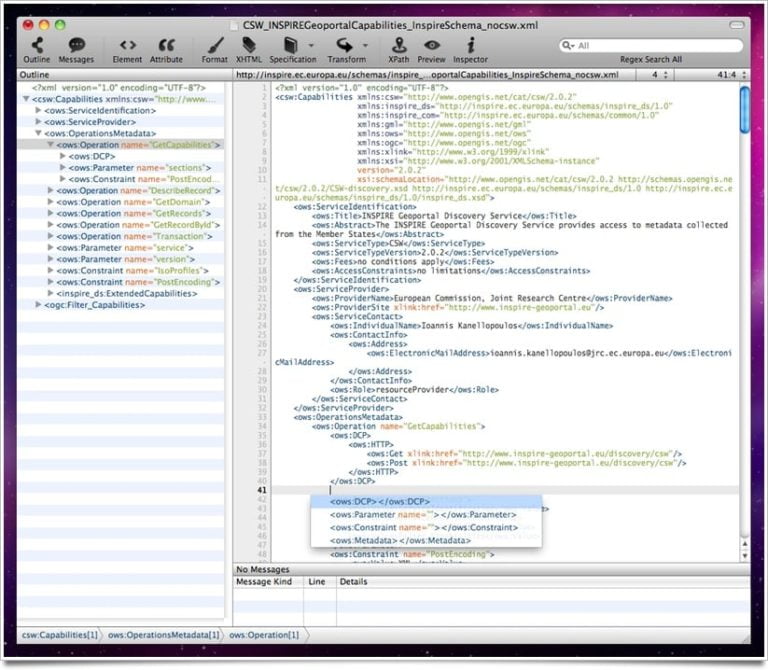

'Archaeologist and adventurer Indiana Jones To understand this a little bit better, take a look at the following (shortened) XML file: An XML attribute can only have a single value and each attribute can appear at most once on each element. Attributes are name–value pair that exist within a start-tag or empty-element tag.

The largest, top-level element is called the root, which contains all other elements.Elements can contain markup, including other elements, which are called "child elements". The characters between the start-tag and end-tag, if there are any, are the element's content. A tag is a markup construct that begins with. XML documents have sections, called elements, defined by a beginning and an ending tag.Whenever a page follows XML, it can be called an XML document. XML creates a tree-like structure that is easy to interpret and supports a hierarchy. It is mainly used in webpages, where the data has a specific structure and is understood dynamically by the XML framework. XML stands for "Extensible Markup Language".


 0 kommentar(er)
0 kommentar(er)
